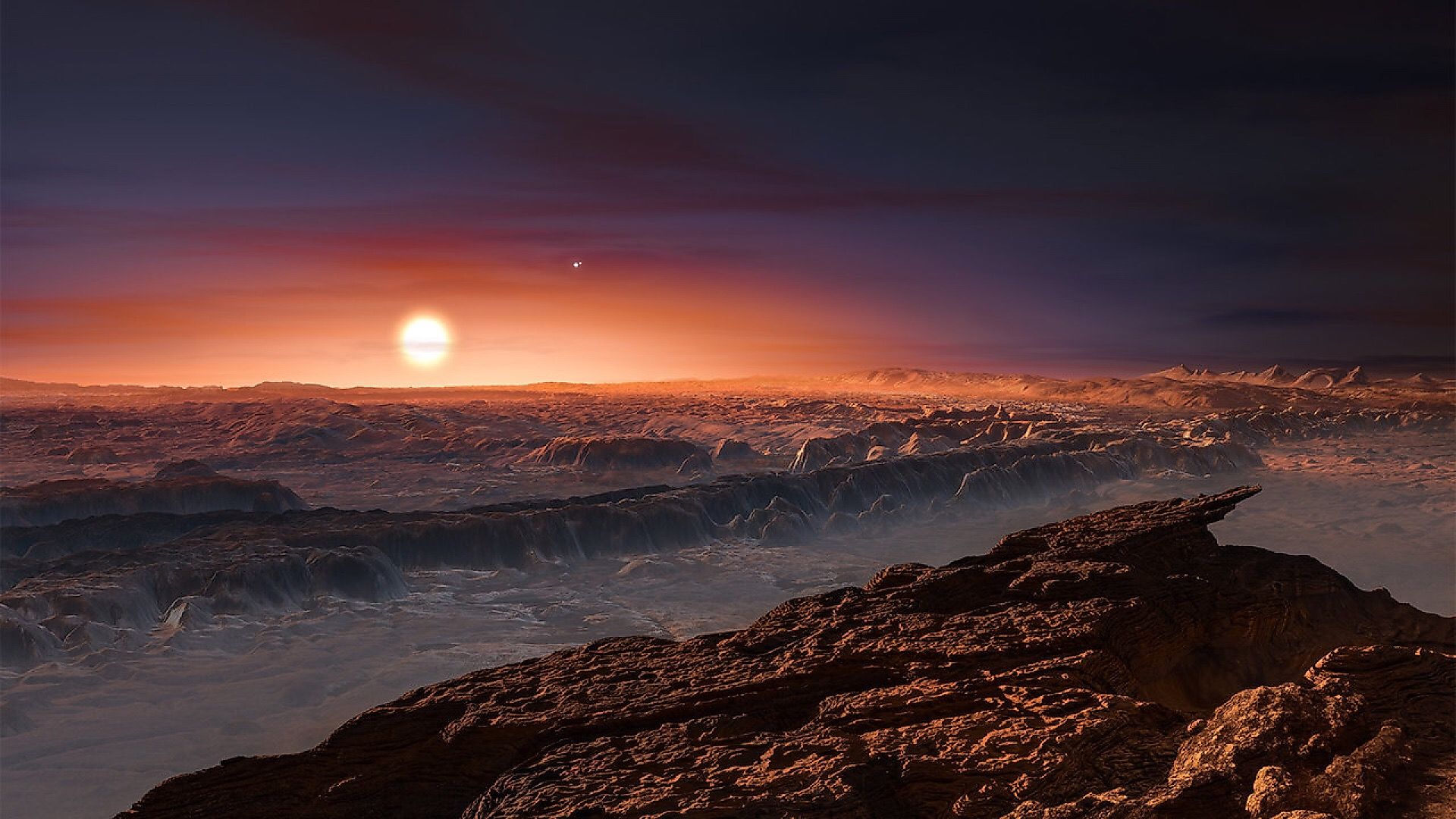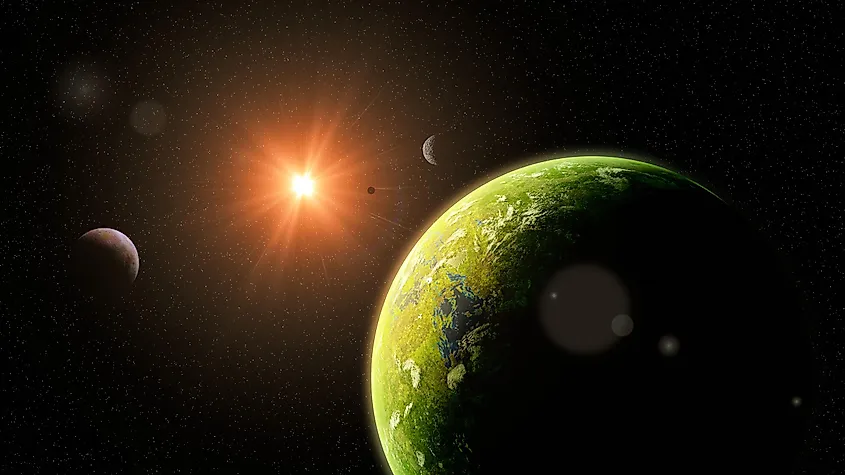
How Could We Find Alien Life?
Ever since humanity realized that the stars are other suns, we have pondered the possibility of life beyond the Earth. Many would argue that the search for alien life is one of humanity’s most ambitious endeavors. If we actually discover evidence of alien life, it will represent one of the most significant discoveries in the history of our species. Scientists are actively developing the technology required to find life in other worlds, and for the first time in history, we may have the means to do so. How would we discover life in other worlds?
Radio Signals
One way to detect intelligent life on another planet would be to capture radio signals from another civilization far outside our solar system. Humanity has been leaking radio signals into space for at least the last hundred years. As a form of light, radio signals travel at the speed of light, so they would be one of the fastest forms of communication in the cosmos. If humanity is constantly leaking radio signals into space, there is a possibility that other civilizations in the cosmos will be doing the same. One day we may receive a radio signal that does not match anything produced by nature. Some scientists are actively searching the night sky for any radio signals, most of which belong to the SETI Institute (Search For Extraterrestrial Intelligence). The goal of SETI is to use radio telescopes from around the world to survey the night sky, hoping that one day, we may capture a radio signal from another civilization.
Analyzing Atmospheres

There is a difference between finding intelligent life and evidence of life. Intelligent life will be harder to find than simply finding proof of life. One way to find aliens would be to analyze the atmospheres of distant exoplanets. Scientists already do this, and technology is now becoming advanced enough that scientists can begin analyzing the atmospheric composition of Earth-like planets that orbit in the habitable zone of their stars.
Since Earth is the only planet we know of where life exists, it makes sense that we should look for environments similar to those found on our home planet. Furthermore, life on Earth has left evident signatures in our planet’s geology and atmosphere. Without life, our world would be very different. For example, most of the oxygen in our atmosphere is produced by plants through photosynthesis. Methane is generally produced through metabolic processes, and many species produce carbon dioxide through cellular respiration. Without life, many of these chemicals would either not exist in our atmosphere or not exist in the amounts that they do now. By analyzing the atmospheres of distant planets, scientists can look for planets with atmospheric compositions similar to Earth’s. If one such atmosphere is found, it would be the strongest form of evidence ever found in support of alien life.
There is currently one telescope that may be able to analyze the atmospheres of Earth-like worlds around other stars. The James Webb Space Telescope is the most advanced telescope ever built and has already sent back data on exoplanet atmospheres. It may be years before it has enough data on Earth-like worlds, yet James Webb may be capable of finding evidence of alien life in other solar systems. The answer to one of humanity’s greatest questions may finally be within reach.











